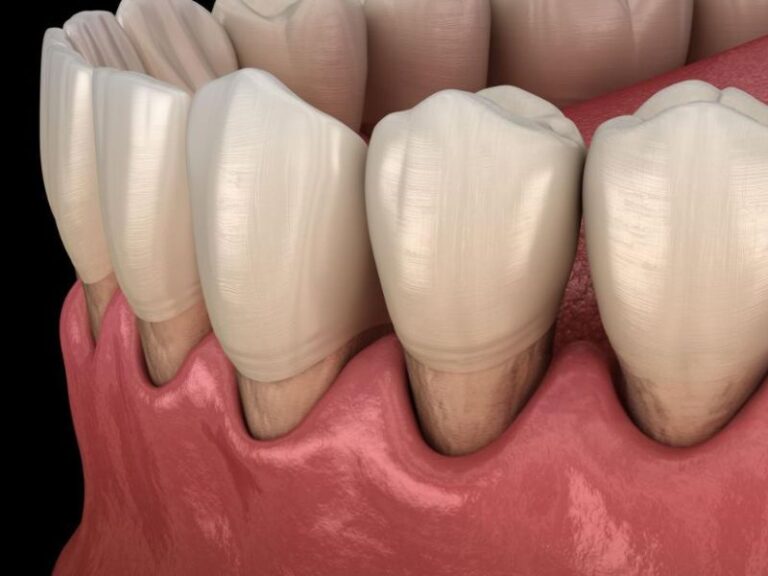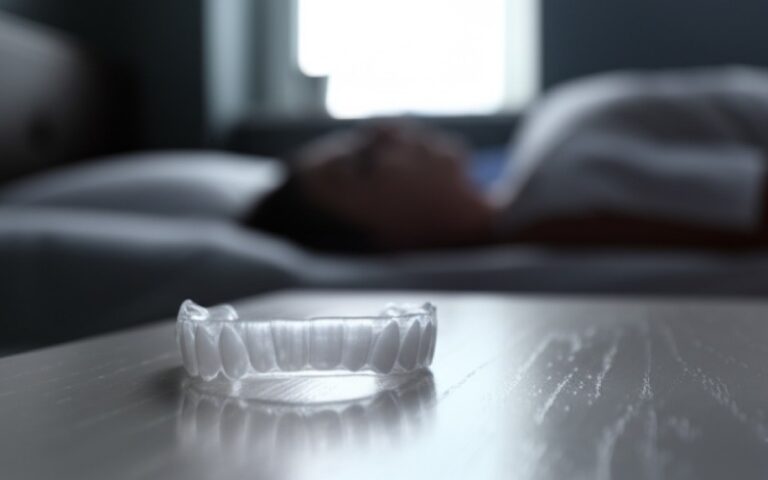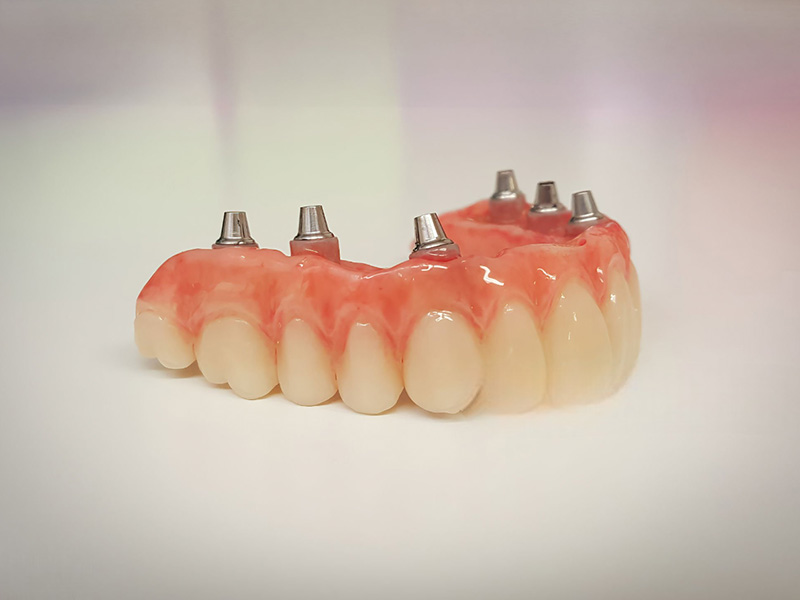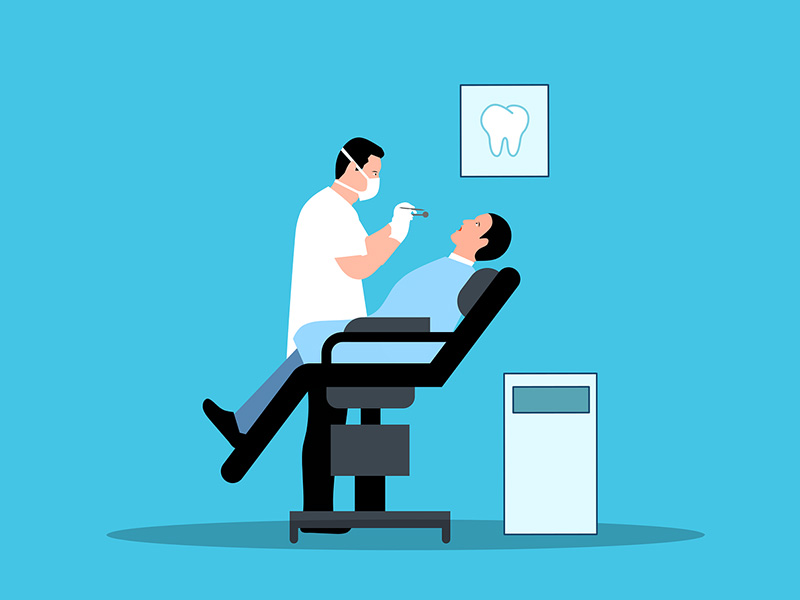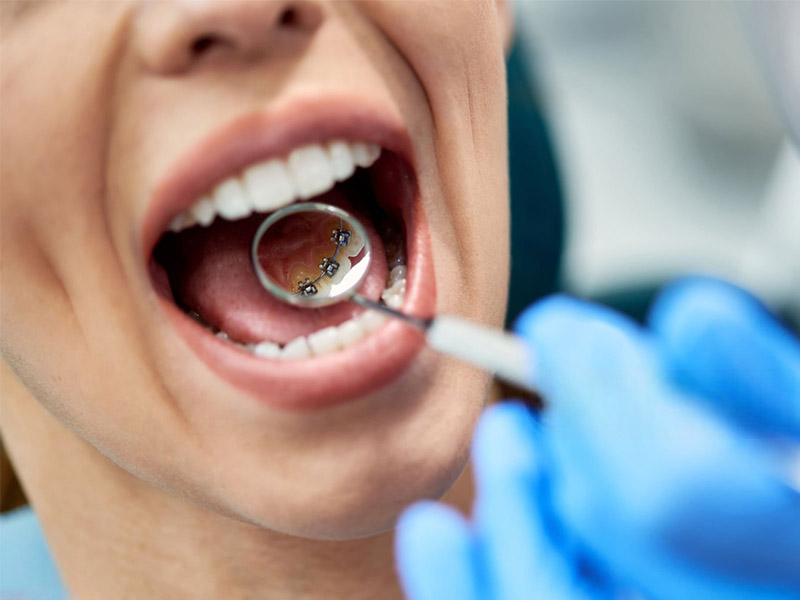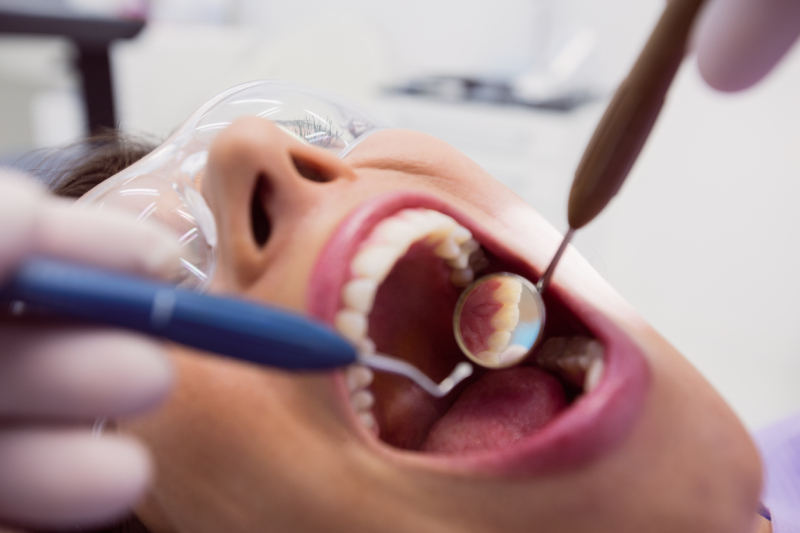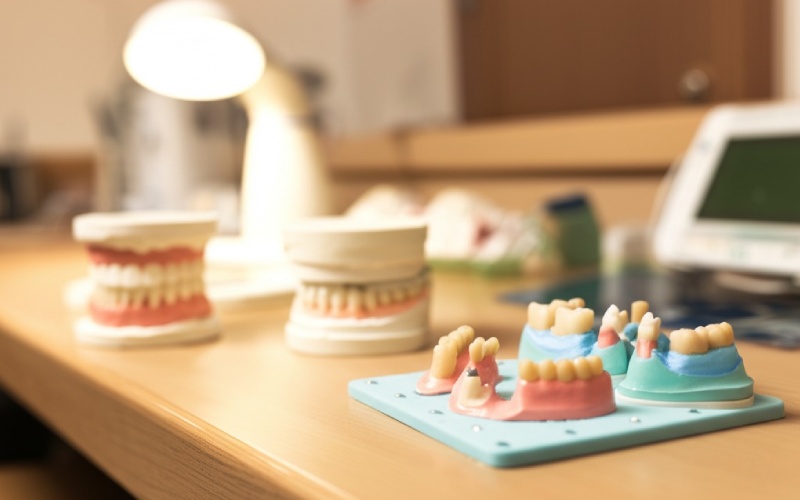
Beyond the Flipper: Why Your Patients Want Better and What to Offer Them
A patient walks in with a gap in their smile from a missing tooth. The quick and easy fix? A dental flipper. It fills the space for now but you know it’s not a real solution. It’s just a temporary patch. Before long that patient comes back with a list of complaints. The flipper feels huge. It wobbles when they eat. They feel embarrassed.
This article is for you the dentist. We’ll break down why flippers just don’t cut it for most people. Then we’ll explore the modern alternatives to dental flippers your patients prefer. We’re talking about options that give people their confidence back improve their oral health and hand them the quality of life they’ve been missing. Let’s find solutions that make your patients smile for years not just for a few months.
Table of Contents
What is a Dental Flipper and Why is it a Problem?
A dental flipper is a type of removable partial denture. Picture a retainer with a fake tooth glued to it. It’s usually made from a pink acrylic denture plastic that’s supposed to look like gums and it might have little metal clips that grab onto nearby teeth to hold it in. Dentists often use it as a temporary placeholder after an extraction while the patient waits for something more permanent.
But here’s the problem with flipper teeth and your patients will be the first to tell you. It feels like a big piece of plastic in their mouth. This can mess with their speech and make it tough to enjoy their food. The clasps can also strain healthy teeth. Even worse because it’s not a fixed option for missing teeth it can feel wobbly. Patients start to worry it might pop out when they laugh or talk. This worry about how the flipper looks and how it works leads to unhappy patients. It plugs a gap but it creates a handful of new problems. It’s a short-term answer that screams for a better than a dental flipper solution.
What Do Your Patients Really Want?
When someone loses a tooth they lose more than just a part of their smile. They lose a bit of confidence and the ability to just be normal. So what do they really want from a tooth replacement? It’s pretty simple. They want to forget they ever lost a tooth.
This means their wish list looks something like this:
- Comfort: They want something that feels like a real tooth not a clunky appliance. The last thing they need is something that bothers their gum health.
- Looks: The replacement tooth has to look real. A natural-looking tooth replacement is everything for improving their smile. It needs to blend in seamlessly.
- Function: Patients want to bite into an apple or chew a steak without a second thought. Getting their chewing ability back is a huge deal.
- Durability: They’re looking for long-term dental solutions not something they have to replace every couple of years. They want a permanent fix.
- Health: Underneath it all they want a solution that’s good for their overall oral health. Something that prevents future issues like bone loss or crooked teeth.
Once you understand what patients are hoping for you can steer them away from a simple flipper and toward a truly great restorative dentistry result. You can help them pick the best option for a single missing tooth or even for several missing teeth.
Could a Dental Implant Be the Gold Standard?
When you talk about a permanent missing tooth solution the dental implant is king. There’s a good reason for that. A dental implant is built to act just like a natural tooth from the root to the crown. It’s a small titanium post that an oral surgeon or a trained dentist places right into the jawbone where the tooth used to be. This post becomes the new root.
The real magic behind a dental implant is a process called osseointegration. That’s just a fancy way of saying the jawbone actually grows onto and fuses with the titanium post. This fusion makes the implant incredibly strong and stable just like a natural root. After the bone heals you attach an abutment which is a little connector that holds the new tooth—a beautiful, custom-made porcelain crown or zirconia crown.
The dental implant success rate is incredibly high often hitting 95-98% over 15 years. Why do patients love them? They check every box. They feel right they work right and they look great. Plus they offer a massive health benefit: they prevent bone loss. By giving the jawbone a job to do they keep it strong and healthy. This makes implants a fantastic choice for a single missing tooth solution or even as the foundation for full arch rehabilitation with options like All-on-4 dental implants.
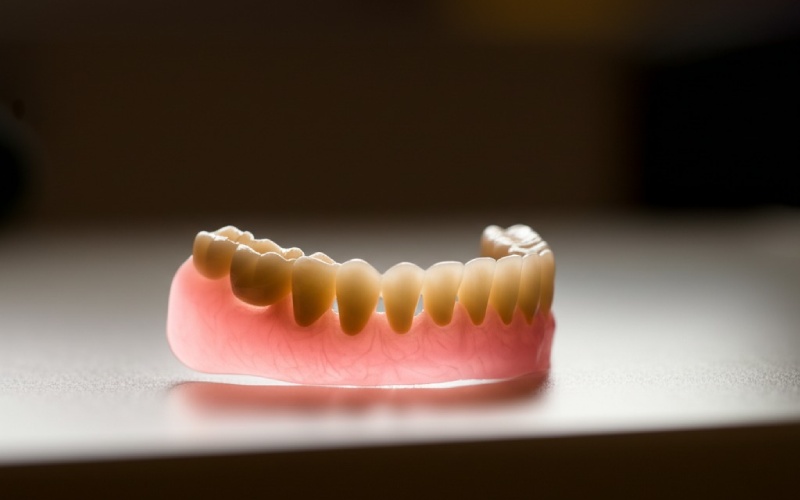
What is a Dental Bridge and When is it a Good Choice?
Think about a gap in a road. To get across you build a bridge that rests on solid ground on either side. A dental bridge works exactly the same way. It’s a fixed partial denture that literally bridges the gap left by missing teeth. The bridge itself is a fake tooth (called a pontic) attached to two dental crowns. Those crowns are fitted over the healthy teeth on each side of the gap which act as anchors.
So why might a patient go for a bridge? The whole process is usually faster than getting an implant because you don’t have to wait months for bone to heal. The result is a non-removable false tooth that looks good and lets them chew properly. It’s a solid time-tested solution that works really well especially if the teeth next to the gap already need crowns. There are also different kinds of bridges. For example a Maryland bridge alternative uses little wings bonded to the back of the neighboring teeth so it’s a more conservative way to replace a tooth.
However there’s a major drawback to a traditional bridge. You have to shave down the healthy teeth next to the gap to fit the anchor crowns. Many patients and dentists would rather avoid that if possible. A bridge also doesn’t stop the jawbone from shrinking under the fake tooth. You have to weigh the good with the bad. It can be a great choice if the patient isn’t a good candidate for surgery or just wants a faster fix. The cost of dental bridges can also be a deciding factor for them.
Are There Better Removable Options Than a Flipper?
Yes one hundred percent! If a patient needs or prefers a removable option there are choices that are light-years ahead of a standard acrylic partial denture like a flipper. These modern partials are way more comfortable and stable. They’re a huge step up.
A popular choice is a flexible partial denture often known by the brand name Valplast. These are made from a tough but bendy plastic that blends in with the natural color of the gums. Instead of ugly metal clasps they use thin flexible ones that you can barely see. When you look at the pros and cons of Valplast dentures patients find they win big on comfort and looks compared to a flipper.
Another top-notch option is a cast metal partial denture. These have a custom-made metal frame that fits perfectly and securely around the existing teeth. This design makes them super strong and stable. While they do have some metal a well-made cast metal partial is much more secure and feels way less bulky than a flipper. Both of these removable alternatives to flippers work better and last longer for patients who want a solution that doesn’t involve surgery.
How Do I Help My Patient Make the Right Choice?
As their dentist your guidance is everything. The best way to go is making the decision together. This means you and the patient work as a team to find the best fit for their life and their mouth. It all starts with a good consultation and a clear treatment plan. You’ll need to check their oral health look at their bone density with an X-ray or maybe a CBCT scan and have a real talk about their lifestyle and budget.
Lay out all the options on the table. Use pictures models whatever it takes. Explain the good and the bad of each dental prosthetic from their point of view. Talk about the long game. An implant might cost more upfront but it could be a better value over a lifetime. A bridge is faster but it means altering healthy teeth. A Valplast denture is less invasive but it’s not a forever fix. This process of educating patients on their options is so important. When patients feel like you’ve heard them and they truly get their choices they feel great about their decision and love the result. Sometimes you might need to send them to a prosthodontist or an oral and maxillofacial surgeon for special care.
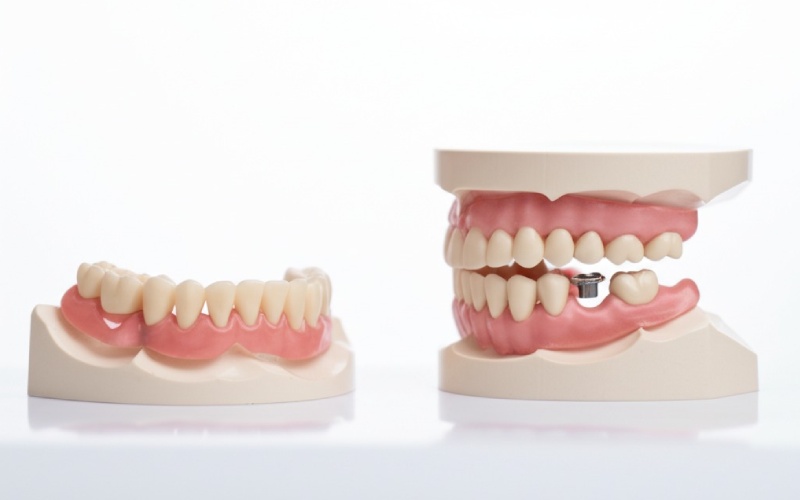
What is the Process for Implants and Bridges?
Patients always want to know what they’re getting into. Walking them through the process simply can calm a lot of nerves.
For a dental implant there are a few main steps. First is the surgery to place the titanium post. Then you wait a few months for osseointegration—for the bone to fuse to the implant. The patient might wear a temporary tooth like a flipper during this time. Once the implant is rock-solid you attach the abutment. Finally the dental laboratory uses cool tech like digital impressions or CAD/CAM technology to make a perfect crown on implant and you secure it in place. In some cases a patient might need a bone grafting or sinus lift procedure first to build up enough bone for the implant.
For a dental bridge procedure things move faster. On the first visit you prepare the anchor teeth by reshaping them. Then you take an impression of the area and send it to the lab. You’ll fit them with a temporary bridge to protect the prepped teeth. On the second visit you’ll take off the temporary bridge and permanently cement the final one. The whole thing usually takes just a couple of weeks. Knowing these steps helps the patient get ready for their dental makeover.
How Do You Care For These New Teeth?
Good hygiene for new teeth is the secret to making them last. The care routine really depends on which option they chose.
For a dental implant care is a breeze. You treat it just like a natural tooth. Regular brushing and flossing are all it takes to keep the gums around the implant healthy.
For a dental bridge cleaning is a little different. You still brush the top of the crowns like normal but you also have to clean underneath the fake tooth. This takes special tools like a floss threader or a water flosser. These bridge cleaning methods are critical for stopping plaque buildup and keeping the anchor teeth healthy.
For a removable partial denture care is also simple. It should come out every night to be cleaned. You brush it gently with a denture brush and let it soak in a denture cleaner. This keeps it fresh and kills bacteria. Following these denture care instructions will help it last a long time.
Why is a Long-Term Solution So Important?
Choosing a high-quality tooth replacement is about so much more than just filling a hole. It’s an investment in a patient’s health and happiness for years to come. A dental flipper is a temporary fix that can cause real problems down the road. It doesn’t stop the jawbone from shrinking and it can let other teeth drift out of place.
The advantages of a permanent fix like an implant or bridge are huge. A dental implant is the only solution that saves the jawbone and prevents that sunken-in look that can happen after tooth loss. Both implants and bridges give a patient a stable bite which helps them chew better and can even improve how they speak. By preventing teeth from shifting they protect the alignment of the whole bite. These long-term dental solutions boost a patient’s quality of life in ways a flipper can’t even touch. When you offer these solutions you’re delivering a higher standard of care.
A Quick Look at the Options
Here’s a simple chart to help you and your patient compare the choices.
| Feature | Dental Flipper | Removable Partial | Dental Bridge | Dental Implant |
|---|---|---|---|---|
| How it Feels | Bulky, Wobbly | Better, but still removable | Secure, feels natural | The most natural feel |
| How it Looks | Can look fake | Good, less obvious | Excellent, blends in | Excellent, looks real |
| Eating | Difficult | Good | Very Good | Excellent, like a real tooth |
| Jawbone Health | Does nothing | Does nothing | Does nothing | Protects the bone |
| Lifespan | Temporary | 5-10 years | 5-15 years | 20+ years, often for life |
| Initial Cost | Low | Medium | High | Highest |
This chart tells a clear story. While the cost of dental implants is higher at the start they deliver the best long-term bang for the buck in feel function health and pure happiness.
So let’s wrap this up. Remember a dental flipper is just a stopgap. Your patients deserve better and modern dentistry has the tools to deliver.
Here are the key takeaways:
- Listen to your patients. They want to be comfortable look good and eat well. A flipper strikes out on all three for long-term use.
- Dental implants are the gold standard. They save the jawbone feel totally natural and can last a lifetime.
- Dental bridges are a great fixed choice. They’re faster than implants and are a smart move if the nearby teeth already need work.
- Modern partials are a major upgrade. Flexible dentures and cast metal partials are way more comfortable and secure than a flipper.
- Educate and guide. Your job is to break down the pros and cons of each tooth replacement option and help patients make a choice that will boost their health and their quality of life.
By moving beyond the flipper you can give your patients solutions that truly bring back their smiles and their confidence.
References:
- Albrektsson, T., Zarb, G., Worthington, P., & Eriksson, A. R. (1986). The long-term efficacy of currently used dental implants: a review and proposed criteria of success. International Journal of Oral & Maxillofacial Implants, 1(1), 11-25.
- Moraschini, V., Poubel, L. A. D. C., Ferreira, V. F., & Barboza, E. S. P. (2015). Evaluation of survival and success rates of dental implants reported in longitudinal studies with a follow-up period of at least 10 years: a systematic review. International Journal of Oral and Maxillofacial Surgery, 44(3), 377-388.
- Walton, J. N. (2013). A survey of crown and fixed partial denture failures: length of service and reasons for replacement. Journal of Prosthetic Dentistry, 109(4), 223-228. (Note: Simplified reference from the Scurria/Walton data provided).

